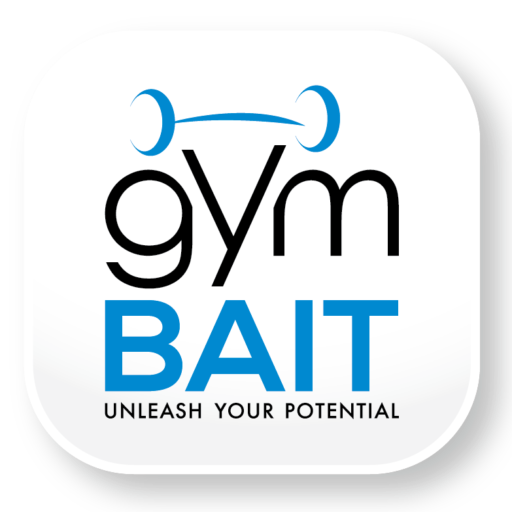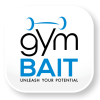How to Read Food Labels: A Simple Guide for Better Choices
Walk into any supermarket today, and you’re hit with endless packaging that promises things like “high-protein,” “low-fat,” “natural,” and “sugar-free.”
But what do these claims actually mean? And more importantly — are they helping you reach your fitness goals?
At gymBAIT, we know that understanding nutrition labels is one of the most powerful skills you can develop to take control of your diet and results.
Let’s break it down simply.
1. Start with the Serving Size
First thing’s first:
Always check the serving size at the top of the label.
Why?
Because all the numbers you see below — calories, protein, carbs, fats — are based on one serving, not necessarily the whole package.
Example:
If a bag of granola says “120 calories” but the serving size is only 30g (about 1/4 of the bag) — and you eat the whole bag — you need to multiply everything by 4.
gymBAIT Tip: Always check how realistic the serving size is compared to how much you’d actually eat.
2. Check the Calories
Calories are your body’s fuel.
Too many calories = weight gain.
Too few = weight loss.
Simple, right?
But not all calories are equal when it comes to satiety, performance, and body composition.
When checking calories:
- Make sure you’re aware of the portion size (see above).
- Consider whether the calories are coming mostly from nutrient-dense foods (like protein, fiber, healthy fats) or empty calories (like sugar and processed fats).
gymBAIT’s AI factors your personal calorie targets into your meal plans automatically — but being able to recognize it yourself is a superpower.
3. Look at the Macronutrients (Protein, Carbs, Fat)
These are the “big three” that your body needs daily:
- Protein:
Crucial for muscle repair, fat loss, and satiety. More is often better, especially if you’re training hard. - Carbohydrates:
Main energy source. Focus on complex carbs (oats, rice, potatoes) over processed sugars. - Fat:
Essential for hormone health, brain function, and energy. Prioritize healthy fats (avocados, olive oil, nuts) over trans fats.
Always check where the calories are coming from:
- 1g protein = 4 calories
- 1g carbs = 4 calories
- 1g fat = 9 calories
gymBAIT Tip: If fat is high but protein is low, the food might not be ideal for fat loss or muscle-building phases.
4. Watch Out for Sugar and Fiber
Sugar:
Look at “Total Sugars” and “Added Sugars.”
Foods high in added sugars can spike blood sugar and crash energy levels — not ideal for training or fat loss.
Fiber:
High-fiber foods are great for digestion, appetite control, and overall health.
Aim for at least 20–30g of fiber daily, depending on your size and goals.
5. Check the Ingredients List
The ingredients list is where the real story is hidden.
Rule of thumb:
- Fewer ingredients = usually better.
- If the first three ingredients are sugar, refined flour, or oils — it’s probably not the best choice.
- Ingredients are listed by weight, from highest to lowest.
Look for whole foods at the top of the list — like “chicken breast,” “rolled oats,” “almonds,” etc.
6. Don’t Be Fooled by Marketing Words
Manufacturers love throwing around buzzwords like:
- “Natural” (means almost nothing legally)
- “Low-Fat” (often higher in sugar)
- “High-Protein” (check how much protein is actually there!)
👉 Always double-check the actual numbers rather than trusting front-of-package claims.
Final Takeaways
Reading food labels can seem overwhelming at first — but with a little practice, it becomes second nature.
Remember:
- Start with serving size.
- Check calories and macros.
- Watch sugar and fiber.
- Always read the ingredients list.
At gymBAIT, we build your meal plans based on real, whole foods — but understanding labels will give you more freedom and confidence when making daily choices.
Knowledge = Power.
The more you know, the better your results.




